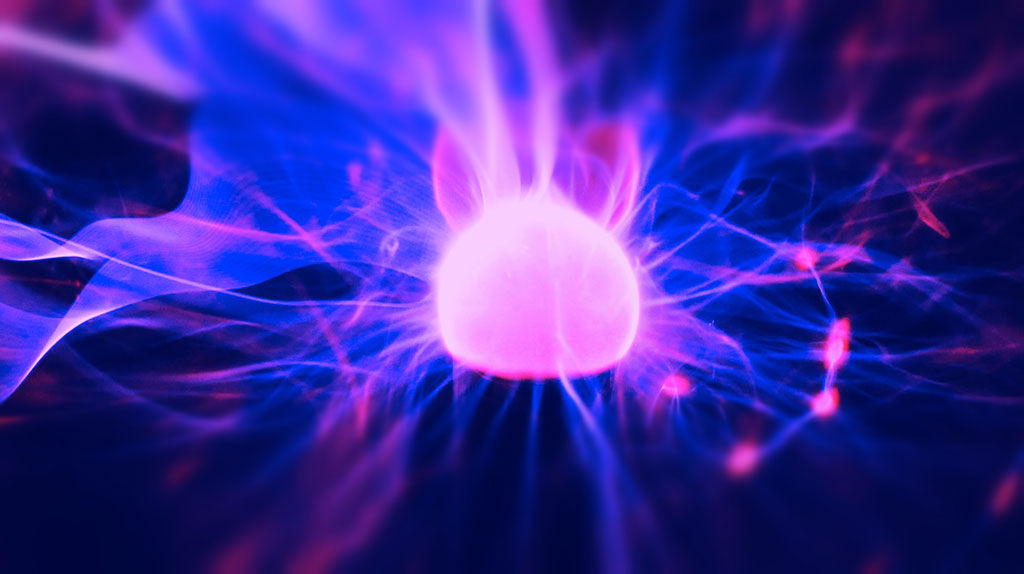
Creative computers are dumb but they won’t be for much longer.
We have barely started along the parabolic curve of artificial intelligence (AI) and yet the computers can already out logic humans in some niche areas.
The classic Kasparov and deep blue chess games and more recently the Ke Jie against Googles AlphaGo are indications of an inevitable future where AI can out perform humans at elaborate tasks.For many this future rings the Luddites bell of work roles becoming redundant and widespread unemployment, and where this may be the case for some I hope for a different vision, a more positive future where computers and AI free humans from the mundane so we can focus on developing a better world.
I have spent my career working with creative people that use computers as their main tool to express their creativity. In particular magazine editorial departments, but I think this applies to graphic designers in general. The computer and the software running on it are now the main route to creating, whether that is two dimensional or increasingly three dimensional. The computer allows us to express ourselves in ways unimaginable even thirty years ago. What excites me most is where AI is being used to produce creative output. These early experiments can be impressive if somewhat unfathomable . Take the Microsoft project to produce a ‘Rembrandt’ painting using a 3D printer. The results are remarkably good but many miss the point of what has actually occurred. For me it’s not that a bunch of smart people fed masses of data into a computer and it produced an oil painting on canvas that passes for an original Rembrandt. It is the fact that AI can learn from what exists then execute something creative from that.
“Oh but it can’t come up with something original like a human.” Well that’s an interesting point. How do humans come up with something ‘original’? They take their accumulative life experience and apply that to some form of expression. We say original when we haven’t encountered it before, but how often does that really happen? Don’t get me wrong here, humans are quite capable of unique and amazing art but the pace of innovation is slow in comparison to where we go next with AI as our ally.
So we create complex tools that can produce innovative and original art but will those artworks speak to people in the way Van Gogh or Picasso do? Given the necessary resources I think so. One thing is for sure these machines will work all day every day, they will take direct feedback from an audience and respond to it. They will produce things not seen before that will amuse and confound us and they will learn from that and keep going. Left to their own devices who knows where that leads or what will be the unforeseen consequences.
However, (and this is my point), the machines (creative machines) with AI won’t be left to their own devices. They will remain tools governed by humans. Our simplistic use of computers to produce creative output today will be laughable in the very near future. I expect my grandchildren to be both amazed and shocked that we used such primitive tools to express ourselves, in the same way we look at the beautiful cave paintings at Lascaux and wonder how and why? They will look at the hardware and software of today and ponder the same.
What do you think, is creative AI potentially friend or foe?